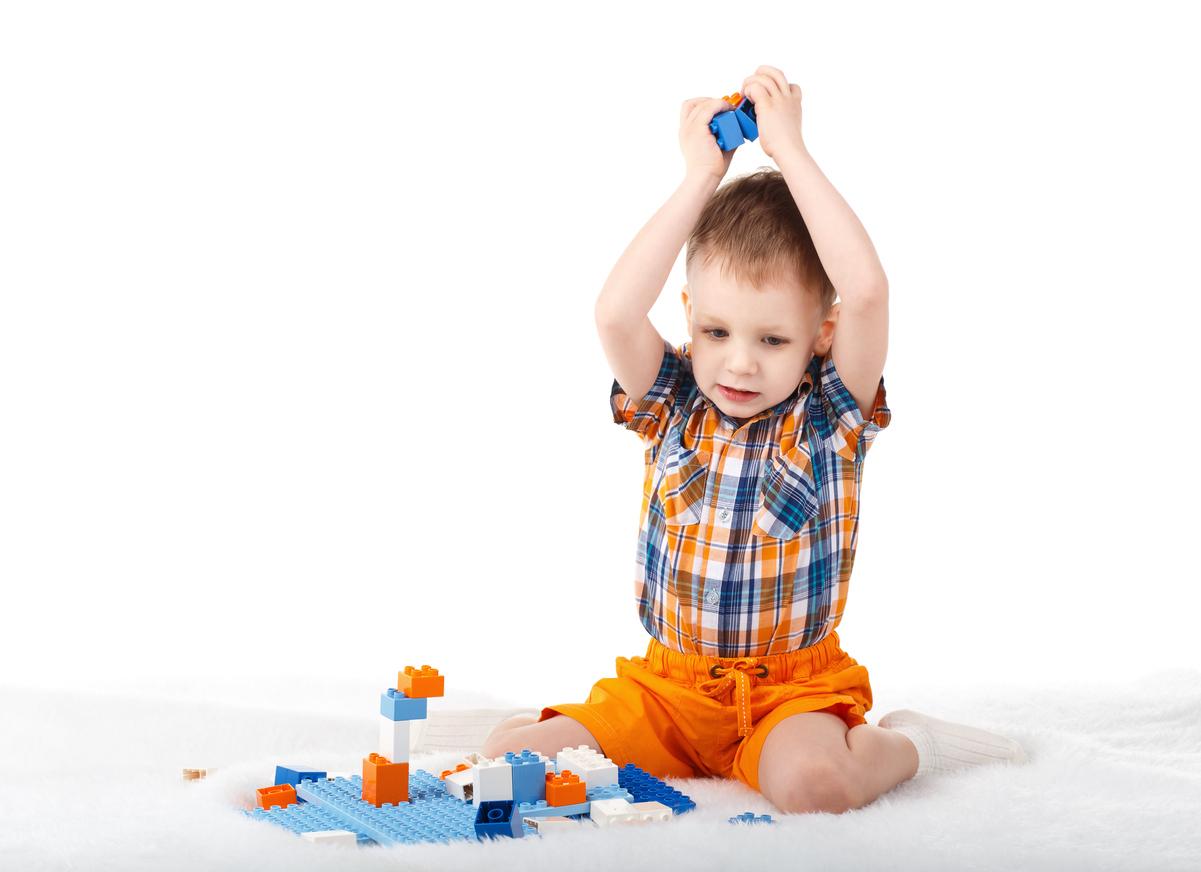The “Glass Autism” project launched by a team of researchers from the Stanford University School of Medicine in the United States has just started its second phase of testing. Hundreds of children affected autism will be able to test Google glasses equipped with special software in order to learn how to interact with their surroundings.
This software, baptized “Capture the smile”, encourages children to look around them for faces displaying emotions that the glasses recognize and display: for example, the word happy is written on the glasses when the child directs them towards a person who smiles.
The use of images then allows children to overcome an important obstacle: the recognition of emotions that usually escape them.
This second phase will last several months and will allow the researchers, who will monitor each child’s performance in the game, to build a “quantitative phenotype” of autism (a kind of autism measure) of each participant in the game. study. This will allow them to better understand how visual engagement plays a role in the process of detecting emotions.
Read also :
Autistic people are more creative
Autism: a disease more difficult to diagnose in girls
A saliva test to diagnose autism















